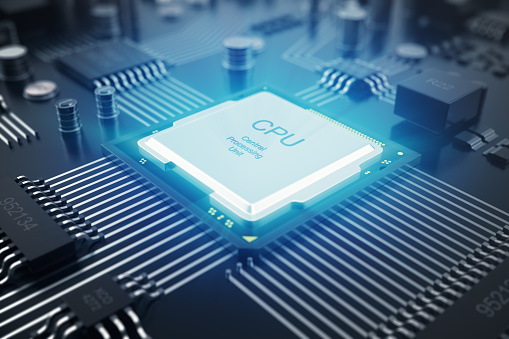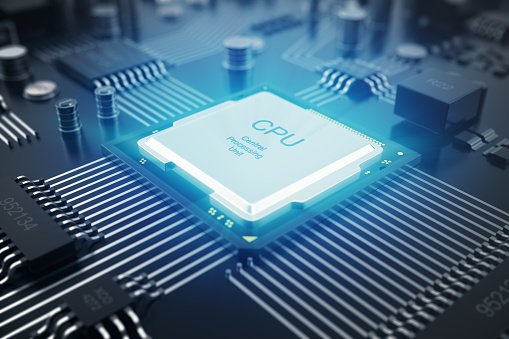







Intel Core 2 Duo E8800 (ES)
Intel Core 2 Duo E6200 (ES)
Intel Core 2 Duo E7700
Intel Pentium II 266 (0,35µ)
Intel Core 2 Duo E7800
 Other articles
>
X86 Glossary
> Secure Boot
Other articles
>
X86 Glossary
> Secure Boot
Secure boot is a security standard developed by members of the PC industry to help make sure that a device boots using only software that is trusted by the Original Equipment Manufacturer (OEM). When the PC starts, the firmware checks the signature of each piece of boot software, including UEFI firmware drivers (also known as Option ROMs), EFI applications, and the operating system. If the signatures are valid, the PC boots, and the firmware gives control to the operating system. The OEM can use instructions from the firmware manufacturer to create Secure boot keys and to store them in the PC firmware. When you add UEFI drivers, you'll also need to make sure these are signed and included in the Secure Boot database.
Used for : AMD EPYC